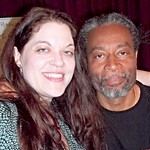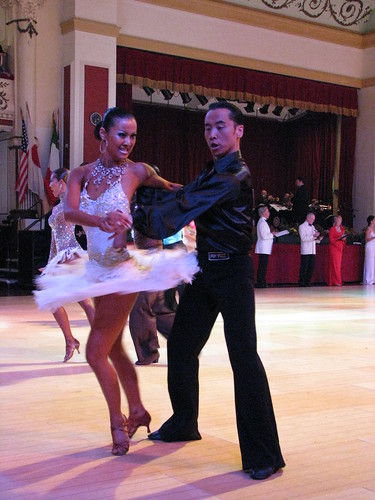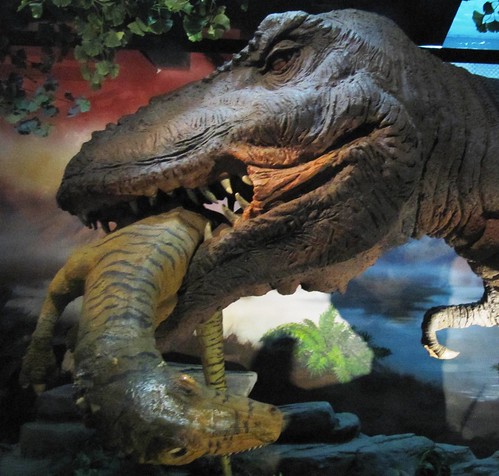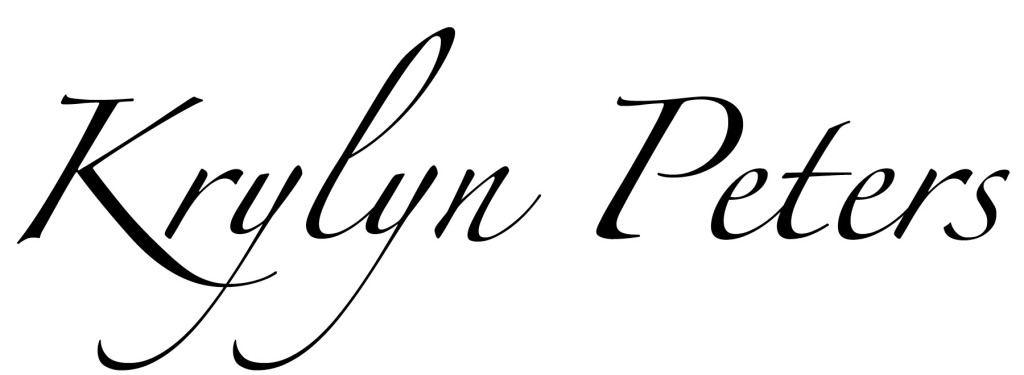Category Archives for SelfCare
Coming Full Circle: One Songwriter’s Journey to CircleSongs á la Bobby McFerrin
I wrote my first song at age 8 and by age 14 was composing fully arranged songs. Songwriting became my “drug of choice” as a teenager. I used songwriting to cope with growing up in a chaotic environment where neglect and abuse ran rampant. Songwriting was not only my form of escape from all the drama going on around me, but also a way for me to express some pretty deep thoughts and feelings.
Even though I came from a musically-inclined family, I didn’t feel much support from any of them as I came into my own as a young musician. But I did find support and inspiration from people who shared their talent and vulnerability in their own music.
In the 1980’s, I stumbled upon the most unique vocalist I’d ever heard – Bobby McFerrin – who used his voice (and body) as an instrument. His vocal ability left me in awe. Mind you, the 1980’s were a magical time for music discovery. MTV and VH1 were just starting out. I don’t remember exactly where I first heard Mr. McFerrin, but I do remember the first song I heard. Take a listen below.
After watching his performance, I was hooked. I began a journey of more creativity and improvisation in my own songwriting. I began singing non-sense type lyrics and just vocal sounds over musical phrases I’d created with my synthesizers and drum machine beats. Friends and family I shared these little experiments with either LOVED them or didn’t. There wasn’t much in between. But for me, the experience of improvisation was profound. There was a freedom in the creative process I hadn’t felt before, the idea that I could do anything with the sounds and that was okay. It didn’t have to be perfect.
This kind of experimentation opened up doors for me as I continued my songwriting journey. I began using non-traditional instruments in my arrangements (such as wooden spoons pounded on phone books) and continued to explore using my voice as an instrument. I also created a capella arrangements, using my voice for all parts of a song (bass, percussion, chords, etc.). I always seem to come back to the voice.

When I found Mr. McFerrin trained others in some of his improvisational singing techniques, I was on board. The only problem is that when I found out, it was just after he had led a workshop in New York at the Omega Institute in 2005. Year after year, I checked back with the institute, but no more classes were scheduled. Then one fateful day in January 2011, an email came into my inbox announcing the return of McFerrin’s CircleSong workshop. I signed up immediately and had an amazing experience studying with him and his team of faculty in late August-early September 2011. (That’s a picture of me and Bobby to the left, September 2, 2011, in New York).
It is with deep joy and awe (and Bobby’s blessing) that I bring the CircleSong experience to my local community in Phoenix, Arizona. For further information about CircleSongs and to listen to samples of CircleSongs I led while studying in New York, please visit http://www.krylyn.com/circlesongs. To register for an upcoming CircleSong group go to http://circlesongs.eventbrite.com.
Watch and listen to the first song I ever heard by Bobby McFerrin…
Get Your Success On
“Failure should be our teacher, not our undertaker. It is a delay, not defeat. It is a temporary detour, not a dead-end street.” ~ William A. Ward
While most of us tend to wallow in what we perceive as our failures, the truth is we have many more successes in our lives. But what we focus on is what we see, and what we attract more of in our lives. Focus on the negative or the failure, and WHAM…there it is. Focus on the positive or success, and WHOMP…there it is. Here’s a little inspirational video to help us get back to focusing on what’s most important. Enjoy!
The Dance of Life: How Two Steps Back Isn’t A Bad Thing
 One step forward, two steps back. The journey of life can sometimes feel like an intricate dance. Make a little progress, then things seem to slide back to where they were – to that uncomfortable place. While most people see any backward movement as a failure or at least something not good, let me just say that it’s totally normal.
One step forward, two steps back. The journey of life can sometimes feel like an intricate dance. Make a little progress, then things seem to slide back to where they were – to that uncomfortable place. While most people see any backward movement as a failure or at least something not good, let me just say that it’s totally normal.
Healing is a journey, not a destination. If we lived a life without having contact with others, hold up in our homes without any responsibilities to family, employers, and friends, then maybe we wouldn’t have to contend with as much juggling and backwards movement. But probably not. Typically what is responsible for backward movment has less to do with others and more to do with us – our thoughts and our habits.
When we first start making changes – any change – we might start strong, trying new things. But it takes a lot of consistency and repetition to create a new habit. We still are dealing with old ways of thinking and behaving that support our old habits. So we must be on the watch for the old stuff to creep in, catch it, then continue with our new ways of thinking and behaving to counteract it.
The first time we feel ourselves slipping back to old habits is generally where people stop trying, seeing it as proof that the new way won’t work. But this is precisely when we need to continue on with the new stuff, remembering that it is a journey, and that consistent effort is the key to long-lasting success.
So how can you continue stepping forward even slightly after a backslide? Using the dance analogy, I’d say that you just step forward again. If you watch people dance (literally), you’ll likely see that they move forward, backwards, and sideways. If they aren’t moving forward now, they likely will be in just a few beats. And if they move backward, they don’t stop dancing, declaring defeat. Backward movement is part of the dance. Just as it is in life.
Moving backward provides an opportunity to see things from a different perspective. You might find that something (a thought, belief, or action) didn’t work as you expected, so now you know to tweak it a little and see if that changes the direction of your movement.
Here’s some other suggestions on how to navigate the dance of life:
- Remember that it is the culmination of steps that matters. Today it might be two steps back and one forward, and tomorrow might be ten steps forward and one step back. If you are moving forward more than backward, you are headed in the right direction.
- You are moving forward more than you think. We tend to focus on what we don’t like, such as backward slips. We forget to celebrate and honor the forward movement.
- Expect movement in all directions. It is often when we assume that life should always be forward movement when we are most disappointed. But if you go into any new challenge expecting there to be movement in different directions, you will set yourself up for a more realistic picture of what will happen.
- Think of movement in any direction as an opportunity. We learn from everything and movement provides us an opportunity to see what works and what doesn’t.
Looking for more inspiration about navigating the dance of life? Join me for the Get Out of Your Own Damn Way Jam Sessions, where I interview powerful people who have been there, done that, gotten out of their own damn way, and boldly embraced their dream and greatness. Get prepared to be inspired. Join us for FREE at www.krylyn.com/GetOutOfYourWayInterviews.
Photo: IMG_3850 © by Huron Tours & Travel
Gratitude Journal: Day 30
 Today I am grateful for lazy afternoons. I love giving myself the gift of time to recharge my energy by stepping away from work and projects on my to-do list. We can easily forget that in order to be productive we must take regular time away.
Today I am grateful for lazy afternoons. I love giving myself the gift of time to recharge my energy by stepping away from work and projects on my to-do list. We can easily forget that in order to be productive we must take regular time away.
Got your own gratitude to share? Feel free to post a comment below. Also, please join me for this month’s FREE telemseminar, “Turn That Attitude Into One of Gratitude (And Melt That Negativity Away).” Click here for all the details.
Photo: Lazy sunday afternoon, I
Gratitude Journal: Day 29
 Today I am grateful for new beginnings, possibilities, and stepping into the unknown. I realize not everything has to be planned or mapped out. It’s okay to take things one step at a time and to have faith that everything will work out the way it is supposed to.
Today I am grateful for new beginnings, possibilities, and stepping into the unknown. I realize not everything has to be planned or mapped out. It’s okay to take things one step at a time and to have faith that everything will work out the way it is supposed to.
What are you grateful for today? Feel free to share your gratitudes by posting a comment below. Also, please join me for this month’s FREE telemseminar, “Turn That Attitude Into One of Gratitude (And Melt That Negativity Away).” Click here for all the details.
Photo: Door of the King
Is Fear Running Your Life?
 None of us are immune to it. It can rise up in an instant, paralyze us, and otherwise render a competent, intelligent person incapable. If unchecked, it can wreak havoc in our lives, starting in one area then seeping into all others until we take a look around and wonder how in the world we ended up so far from where we started.
None of us are immune to it. It can rise up in an instant, paralyze us, and otherwise render a competent, intelligent person incapable. If unchecked, it can wreak havoc in our lives, starting in one area then seeping into all others until we take a look around and wonder how in the world we ended up so far from where we started.
The culprit? FEAR.
I often talk about how fear in and of itself gets a bad wrap. Fear is just a signal telling us to adjust in some way. Where we get in trouble is how we interpret the fear and handle it.
The first thing to remember is that we all feel fear. Fear is a basic, core emotion that all living creatures share. It is hard-wired in us as a means for survival. Big scary dinosaur coming after us leads to fear leads to adjusting our actions in an effort to survive. But in modern times, we don’t have big scary dinosaurs as much as we have information overload, unrealistic expectations, and ineffective ways of managing our stress. Certainly there are things that can threaten our survival (accidents, illness, and tragic events), but most of us are marching through life interpreting smaller threats as big scary dinosaurs.
If we see someone taking our parking space as a threat against our survival, our brains and bodies will act accordingly, sending out various signals that get us ready to fight the big bad threat or run from it. How we handle the threat tells us a lot about how serious a threat it seems to us. Wonder how you handle your fear? Take a look at the list below and see if any of these sound familiar.
Someone says or does something that rubs you the wrong way, which leads you to:
- Call them a name
- Criticize them
- Humiliate them in front of others
- Yell at them
- Laugh it off and pretend it doesn’t bother you
- Walk away without saying or doing anything
- Think poorly about yourself
- Talk about what they said or did to everyone else but them
- Spread rumors about them
These are just a few of the faces of fear. When we don’t tend to our emotions, such as fear, we might do things we wouldn’t typically do, all in an effort to avoid feeling something we perceive as uncomfortable.
What’s the alternative? Here’s some tips to handle your fear in a more healthy way:
- When someone says or does something that rubs you the wrong way, take a time out before you respond. Often our first response is an automatic one that is a combination of what we learned to do as a young child coupled with genetic programming from our ancestors who really were fighting big scary dinosaurs. Taking a time-out can give you a moment to re-group and think before you respond.
- Remind yourself that what other people do and say is about THEM, not you. They are likely acting on their own fear in a less than ideal way. Their words and actions do not define you, nor do they have to dictate your response.
- Don’t deny fear. Remember that you will feel fear. Allow yourself the opportunity to acknowledge it and embrace it but at the same time not let it stop you from moving forward.
There’s a fine line between feeling fear and letting it run your life. If you find yourself stuck and unable to make decisions, it is likely that fear has taken over at least one area of your life. But remember that you have the power to unstuck yourself by using the suggestions I’ve outlined above which are just a few of the ones that can help. Have any other suggestions? Please feel free to leave a comment below.
Photo: Dinosaur Exhibition Beijing © by IvanWalsh.com

